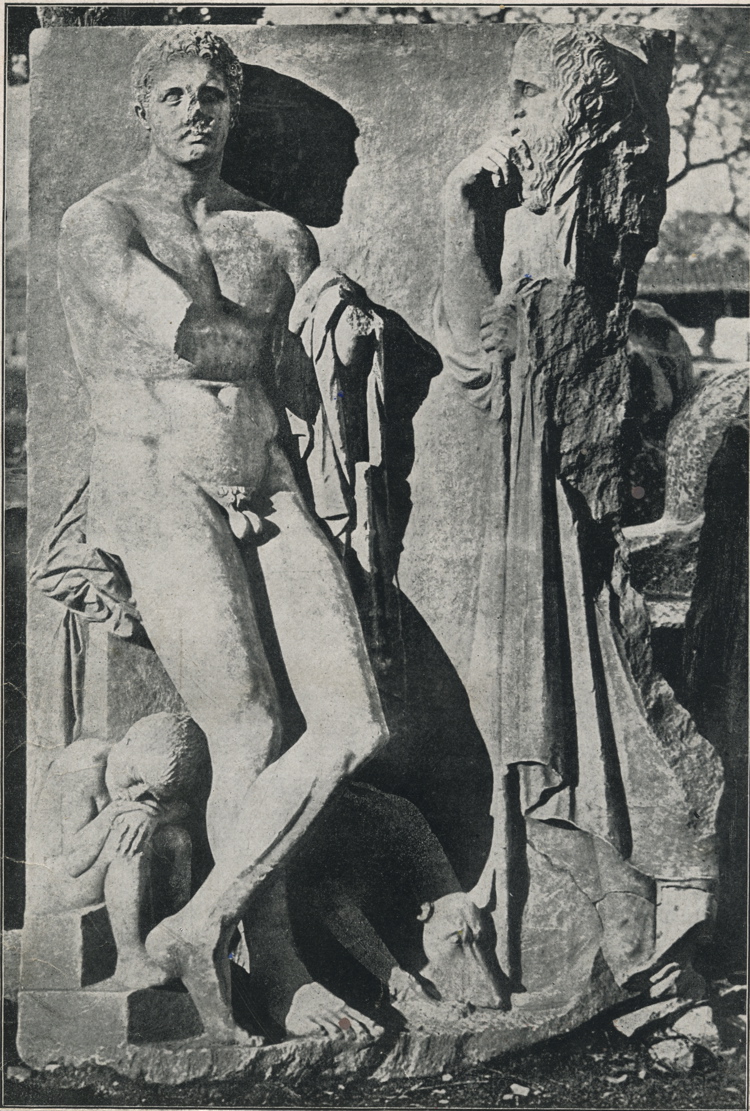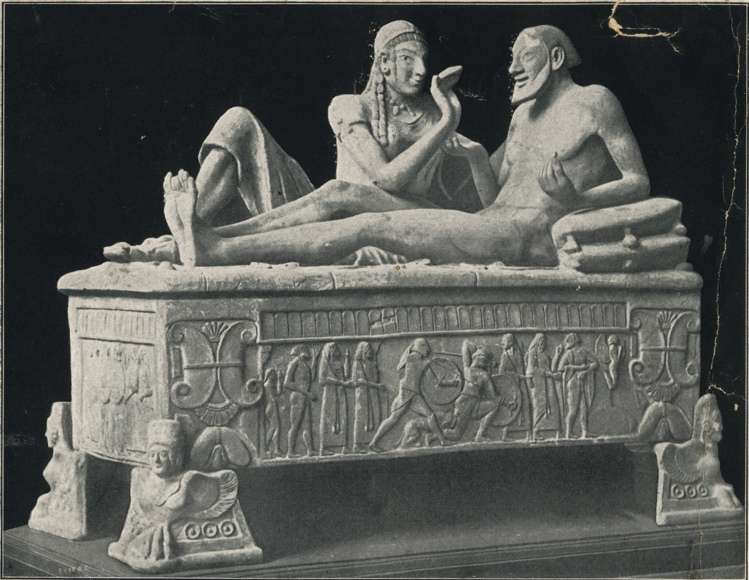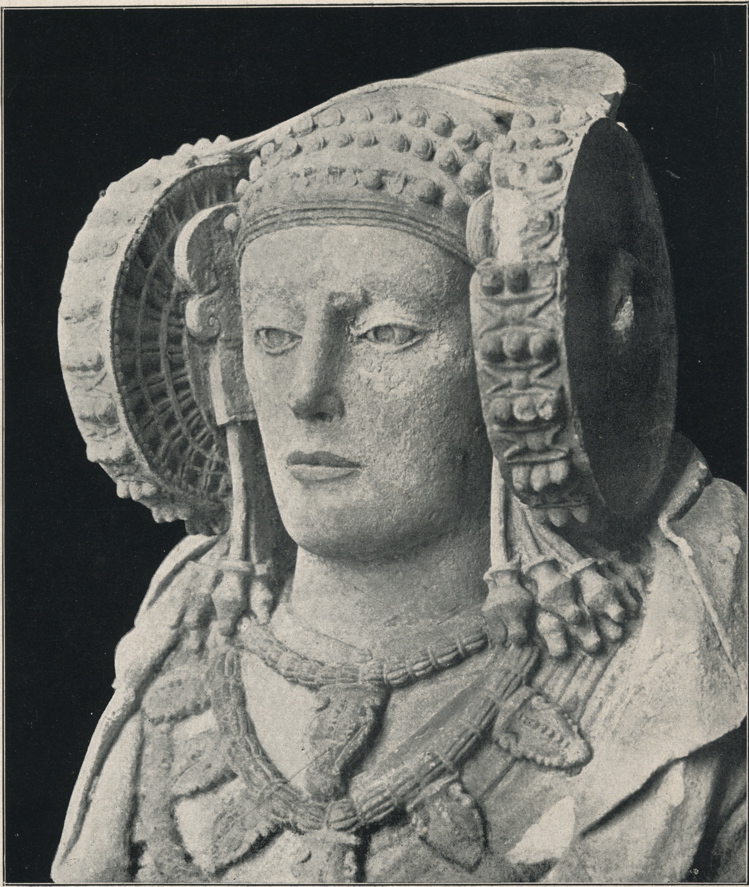|
|
|
|
- This
exhibition marks a radical change
in my thinking, my imagery and my
painting process.
-
- I
did not want to become an "executant"
as Picasso put it, but rather to
explore the way that the world and
specifically the visual world was
changing and how this was to be
reflected through my interest in
and practical involvement with the
problems associated with making
a painting; I wanted to live my
life through my work, through my
teaching commitment and everything
else that I involved myself with.
-
- This
important feeling was not detrimental
to my continued interest in the
world of ideas and the way in which
ideas were given form and substance
through the world of art.
-
- There
were a great number of influences
that involved me at that time; the
most important of which were the
writings of Frances Yates, the historian,
particularly her book, 'The Art
of Memory" and her references
to the Memory Theatre of Giulio
Camillo and 'The Theatre Memory
System" of Robert Fludd. These
appealed to me from a quasi-mathematical
and a peculiarly rational poetic
point of view; in the same way that
I had been absorbed by the use of
the Fibonacci series in 'The Flagellation'
by Piero della Francesca.
-
- I
became interested in the idea of
'simultaneity' in relation to how
my paintings might evolve. The world
had become flooded with images with
the advent of the electronic and
digital age.
-
- I
was brought up on the principals
of the "Arts and Crafts Movement"
and the importance of composition
in relation to how a painting was
organised; I felt restricted by
an aesthetic habit I had acquired
and wanted to break away from, particularly
as it did not seem to function at
this time. The idea of 'simultaneity'
came out of this visual world that
I inhabited and appeared to be chaotic
and arbitrary.
-
- In
respect of simultaneity and composition,
one of the images that I used as
source material was a Greek bas-relief
sculpture of 'The Return of
Hercules' the arrangement of which
attempts to show that he is not
recognised, except by his dog.
-
- There
was also much excitement and brouhaha
about the wedding of Prince Charles
and Lady Di that arbitrarily took
place around this time, culminating
in huge firework displays; reminiscent
of the kaleidoscopic and fragmentary
colour of digital imagery.
-
- The
primary poetic experience in such
displays was often experienced daily
when I had lunch in a cafe. The
kaleidoscopic effect of the sunlight
filtering through the branches and
leaves of a tree outside this cafe
seemed more than just a metaphor
for the entire universe to me. I
started a painting to see if it
was possible to do anything with
the subject when suddenly two punks
turned up in the painting with no
prior intention as if to remind
me that we were in the height of
the Punk era.
-
- Similarly,
the most significant influence on
my thinking occurred in Green
Park when I was aggressively confronted
by a middle-aged, respectable looking,
woman who had used a sap green felt
tipped pen to cover her face with
crosshatching.
-
- Nothing
that I had ever made had ever had
such a powerful effect as her image
had on me: so the 'Lady in the Park'
became an important subject for
my painting. I started a small painting
that I worked on for a month but
could not do her justice. I began
to paint her out when, without prior
intention, I found myself adding
part of a headdress from a classical
Spanish sculpted head. The serendipity
of this event and the subsequent
nature of the piece, so unlike a
work I would normally make, directed
me onto the track that this show
represents. The excessive headdress
of this Spanish Head reflected the
excesses of fashion that has always
been of interest to me as representing
the excesses and seeming pointlessness
of human consciousness.
-
-
-
-
|
|




|
|
|
|
|